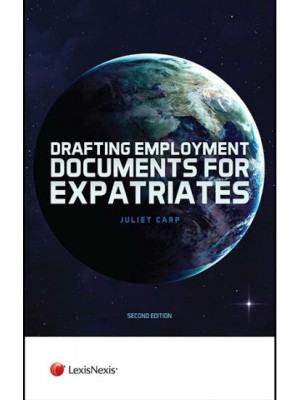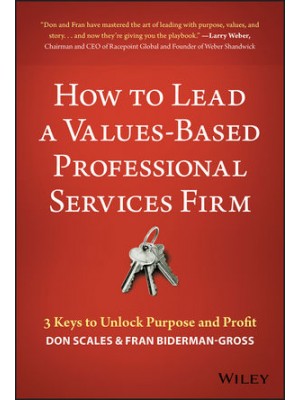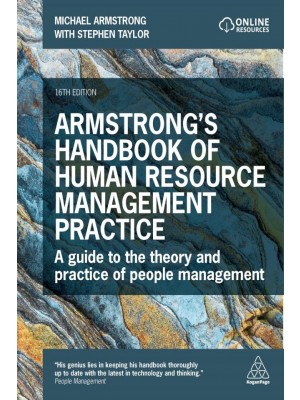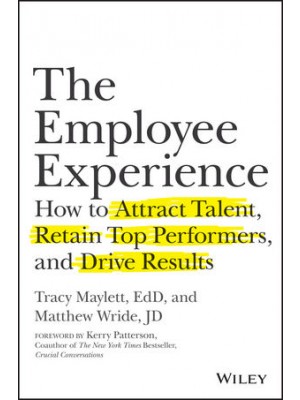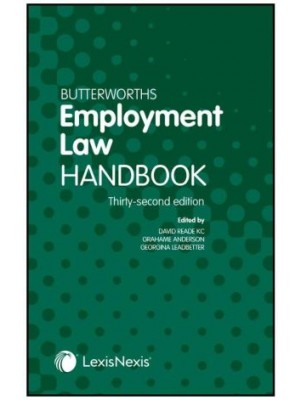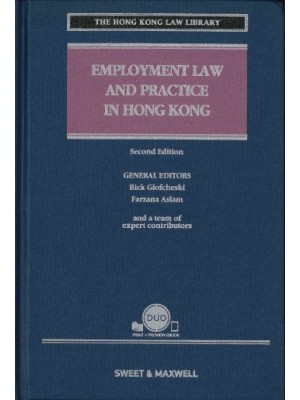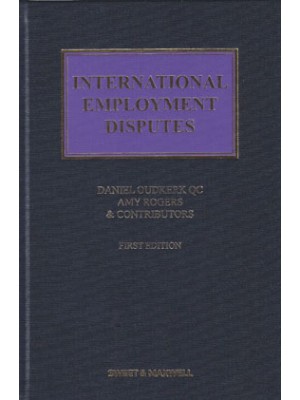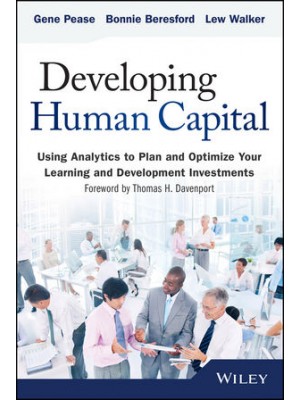Preface.
Acknowledgments.
Part I: Reading between the Lines.
Chapter 1: The Adversarial Nature of Financial Reporting.
The Purpose of Financial Reporting.
The Flaws in the Reasoning.
Small Profits and Big Baths.
Maximizing Growth Expectations.
Downplaying Contingencies.
The Importance of Being Skeptical.
Conclusion.
Part II: The Basic Financial Statements.
Chapter 2: The Balance Sheet.
The Value Problem.
Comparability Problems in the Valuation of Financial Assets.
“Instantaneous” Wipeout of Value.
How Good Is Goodwill?
Losing Value the Old-Fashioned Way.
“True” Equity Is Elusive.
Pros and Cons of a Market-Based Equity Figure.
The Common Form Balance Sheet.
Conclusion.
Chapter 3: The Income Statement.
Making the Numbers Talk.
How Real Are the Numbers?
Conclusion.
Chapter 4: The Statement of Cash Flows.
The Cash Flow Statement and the LBO.
Analytical Applications.
Cash Flow and the Company Life Cycle.
The Concept of Financial Flexibility.
In Defense of Slack.
Conclusion.
Part III: A Closer Look at Profits.
Chapter 5: What Is Profit?
Bona Fide Profits versus Accounting Profits.
What Is Revenue?
Which Costs Count?
How Far Can the Concept Be Stretched?
Conclusion.
Chapter 6: Revenue Recognition.
Channel-Stuffing in the Drug Business.
A Second Take on Earnings.
Astray on Layaway.
Recognizing Membership Fees.
A Potpourri of Liberal Revenue Recognition Techniques.
Fattening Earnings with Empty Calories.
Tardy Disclosure at Halliburton.
Managing Earnings with “Rainy Day” Reserves.
Fudging the Numbers: A Systematic Problem.
Conclusion.
Chapter 7: Expense Recognition.
Nortel's Deferred Profit Plan.
Grasping for Earnings at GM.
Time-Shifting at Freddie Mac.
Conclusion.
Chapter 8: The Applications and Limitations of EBITDA.
EBIT, EBITDA, and Total Enterprise Value.
The Role of EBITDA in Credit Analysis.
Abusing EBITDA.
A More Comprehensive Cash Flow Measure.
Working Capital Adds Punch to Cash Flow Analysis.
Conclusion.
Chapter 9: The Reliability of Disclosure and Audits.
An Artful Deal.
Death Duties.
Systematic Problems in Auditing.
Conclusion.
Chapter 10: Mergers-and-Acquisitions Accounting.
Maximizing Postacquisition Reported Earnings.
Managing Acquisition Dates and Avoiding Restatements.
Conclusion.
Chapter 11: Is Fraud Detectable?
Telltale Signs of Manipulation.
Fraudsters Know Few Limits.
Enron: A Media Sensation.
HealthSouth's Excruciating Ordeal.
Milk and Other Liquid Assets.
Conclusion.
Part IV: Forecasts and Security Analysis.
Chapter 12: Forecasting Financial Statements.
A Typical One-Year Projection.
Sensitivity Analysis with Projected Financial Statements.
Projecting Financial Flexibility.
Pro Forma Financial Statements.
Pro Forma Statements for Acquisitions.
Multiyear Projections.
Conclusion.
Chapter 13: Credit Analysis.
Balance Sheet Ratios.
Income Statement Ratios.
Statement of Cash Flows Ratios.
Combination Ratios.
Relating Ratios to Credit Risk.
Conclusion.
Chapter 14: Equity Analysis.
The Dividend Discount Model.
The Price-Earnings Ratio.
Why P/E Multiples Vary.
The Du Pont Formula.
Valuation through Restructuring Potential.
Conclusion.
Notes.
Glossary.
Bibliography.
About the Authors.
Index.








